1447-88-7
| Name | hispidulin |
|---|---|
| Synonyms |
Dinatin
Scutellarein 6-methyl ether 6-O-Methylapigenin TCMDC-123942 4H-1-Benzopyran-4-one, 5,7-dihydroxy-2-(4-hydroxyphenyl)-6-methoxy- 4',5,7-Trihydroxy-6-methoxyflavone 5,7-dihydroxy-2-(4-hydroxyphenyl)-6-methoxychromen-4-one Hispidulin 6-O-Methoxyapigenin 5,7,4'-trihydroxy-6-methoxyflavone 5,7-Dihydroxy-2-(4-hydroxyphenyl)-6-methoxy-4H-chromen-4-one Flavone, 4',5,7-trihydroxy-6-methoxy- |
| Description | Hispidulin is a natural flavone with a broad spectrum of biological activities. Hispidulin is a Pim-1 inhibitor with an IC50 of 2.71 μM. |
|---|---|
| Related Catalog | |
| Target |
IC50: 2.71 μM (Pim-1)[1] |
| In Vitro | Hispidulin induces cell death in a dose- and time-dependent manner in HepG2 cells. Hispidulin induces apoptosis through mitochondrial dysfunction, which is characterized by decreased Bcl-2/Bax ratio, disrupted mitochondrial membrane potential and increased release of cytochrome C and activated capase-3[2]. |
| In Vivo | Hispidulin shows significant inhibitory effect on mice tumor size[2]. Hispidulin treatment effectively prevents ovariectomy-induced body weight loss and attenuates ovariectomy-induced bone loss. Hispidulin treatment also decreases trabecular spacing in ovariectomy mice[3]. Intraperitoneally administering hispidulin(10 or 50mg/ kg) to rats 30 min before intraperitoneally injecting kainic acid (15mg/kg) increases seizure latency and decreases seizure score. In addition, hispidulin substantially attenuates kainic acid-induced hippocampal neuronal cell death, and this protective effect is accompanied by the suppression of microglial activation and the production of proinflammatory cytokines such as interleukin-1β, interleukin-6, and tumor necrosis factor-α in the hippocampus[4]. |
| Cell Assay | HepG2 cells are treated with different concentrations of hispidulin (50, 100, 200 μM) for 24, 48 and 72 h. Following treatment, cells are further incubated with MTT reagents at 37°C for 4 h before DMSO is added, to dissolve farmazan crystals, and absorbance is measured at 570 nm in a microplate reader[2]. |
| Animal Admin | Mice: Tumor are established in mice. Mice are treated with DMSO or Hispidulin at a dosage of 10, 20 or 40 mg/kg/day for 35 days. The body weight of tumour-bearing mice is recorded every week and tumour volume is calculated [2]. |
| References |
| Density | 1.5±0.1 g/cm3 |
|---|---|
| Boiling Point | 601.5±55.0 °C at 760 mmHg |
| Molecular Formula | C16H12O6 |
| Molecular Weight | 300.263 |
| Flash Point | 230.1±25.0 °C |
| Exact Mass | 300.063385 |
| PSA | 100.13000 |
| LogP | 1.60 |
| Appearance | white to beige |
| Vapour Pressure | 0.0±1.8 mmHg at 25°C |
| Index of Refraction | 1.697 |
| Storage condition | Desiccate at -20°C |
| Water Solubility | DMSO: soluble20mg/mL, clear |
| Symbol |

GHS07 |
|---|---|
| Signal Word | Warning |
| Hazard Statements | H302 |
| Hazard Codes | Xn |
| Risk Phrases | 22 |
| RIDADR | NONH for all modes of transport |
| RTECS | DJ2996000 |
| HS Code | 2914509090 |
| Precursor 10 | |
|---|---|
| DownStream 2 | |
| HS Code | 2914509090 |
|---|---|
| Summary | HS:2914509090 other ketones with other oxygen function VAT:17.0% Tax rebate rate:9.0% Supervision conditions:none MFN tariff:5.5% General tariff:30.0% |

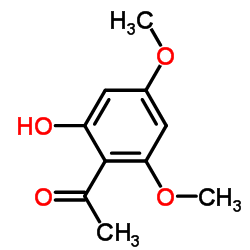
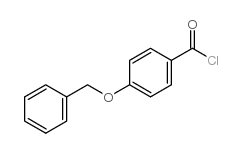
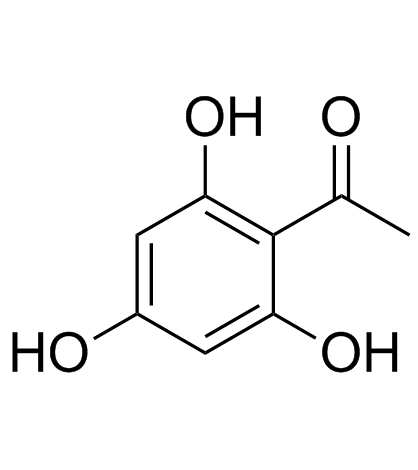
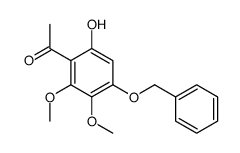

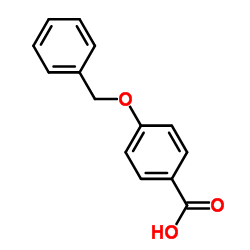
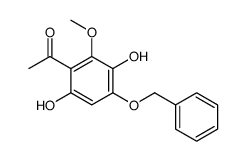
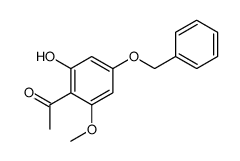
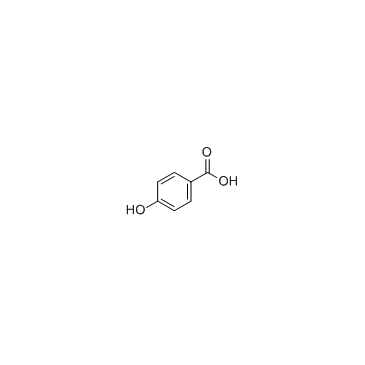

![[2-acetyloxy-4-(5,7-diacetyloxy-4-oxochromen-2-yl)phenyl] acetate structure](https://image.chemsrc.com/caspic/096/1061-93-4.png)
